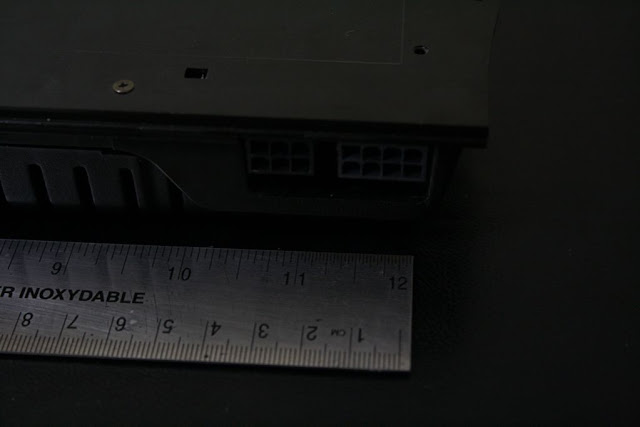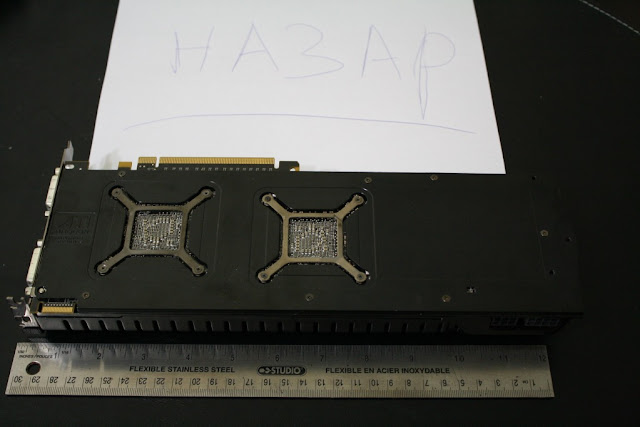Jawed
Legend
Hmm, well, it'd be nice to find out for sure about all this stuff.Well, if they don't do this tessellation + 64 pixel batches (ATI) perf is going to suck.
Jawed
Hmm, well, it'd be nice to find out for sure about all this stuff.Well, if they don't do this tessellation + 64 pixel batches (ATI) perf is going to suck.
Sure, but it's pretty much a given they pack work for more than a single primitive per pixel batch.Hmm, well, it'd be nice to find out for sure about all this stuff.
I don't know if it's reasonable to read that singular, "original primitive", as definitive, but it seems like a fair hint...R700 ISA - 3.6.1 Valid and Active Masks said:The valid mask is set for any pixel that is covered by the original primitive and has not been killed by an ALU KILL operation.
Game engine?The subject is that these architectures have gone from near 400 gflops -RV670- to near 2,7 gflops and the performance increase or the graphic quality jump is nowhere near that ratio. Something is not advancing at the same pace as flops.
Game engine?
This is IMHO the right way to go. It bothers me when apps refuse to run because of a stupid check like this. I was able to run the demo now with your workaround.

The subject is that these architectures have gone from near 400 gflops -RV670- to near 2,7 gflops and the performance increase or the graphic quality jump is nowhere near that ratio. Something is not advancing at the same pace as flops.
Indeed. Although I'm sure there are some devs that would like to have a "snap of the finger auto-optimize" button in their compiler so they don't have to spend years on coding but just install the new card, push-button and have latest and greatest tech.
But that's hardly something new. When the Pentium came out a lot of developers stopped optimizing because that CPU was blazing fast compared to the previous ones.
At least some of that is being spent going from a static environment to a more dynamic one.Something is not advancing at the same pace as flops.


Found this on another forum.


damn thats gotta be pushing 14"+, thank god they moved the power plugs or it could be nearing 1.5 feet.
damn thats gotta be pushing 14"+, thank god they moved the power plugs or it could be nearing 1.5 feet.



Of course it is, it wouldn't get validated with PCI SIG if it was over 300WTDP < 300 W?
Frankly, if real power consumption is anything like HD 4870X2 it would be a lot more honest to just say TDP is 375W and use 2 8 pin plugs, official configuration or not. Sure the 4870X2 needed only 1 8 pin + 6 pin since its TDP was only 300W - on paper...Of course it is, it wouldn't get validated with PCI SIG if it was over 300W
